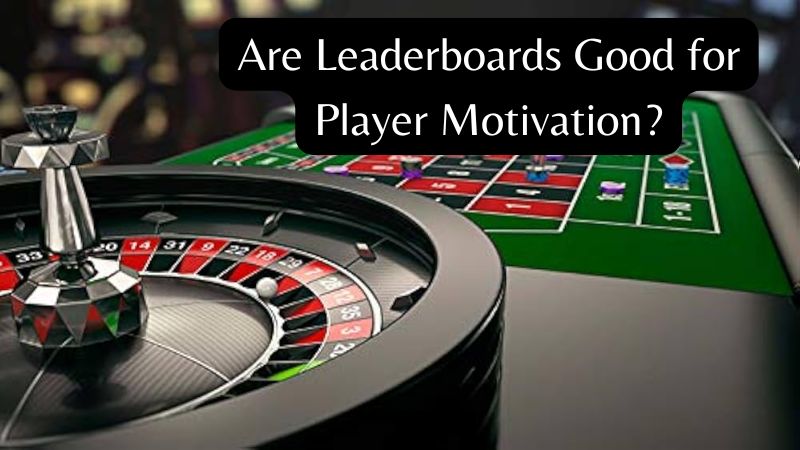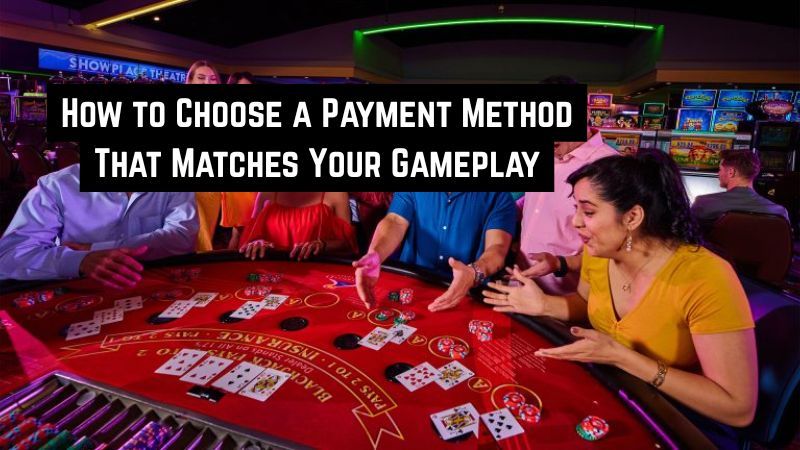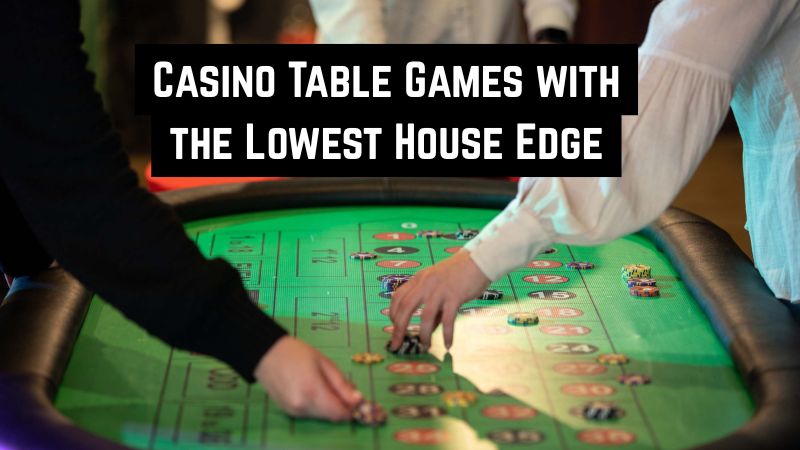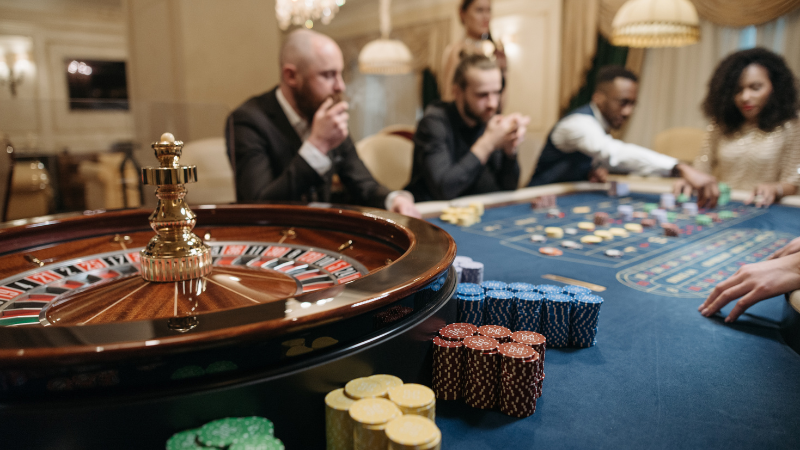
Leaderboards have become a popular feature in games, apps, and even educational platforms. But are they really good for motivating players? Or can they sometimes have the opposite effect? Let’s dive into the world of leaderboards and explore how they influence motivation, performance, and overall player satisfaction.
What Is a Leaderboard?
A leaderboard is a ranking system that shows how players compare to each other based on performance. It displays scores, ranks, or points earned in a game.
You’ve probably seen leaderboards in mobile games, online multiplayer games, fitness apps, or even classroom tools. The goal is to reward high achievers and push others to try harder. But does it always work that way?
The Power of Competition
Leaderboards introduce competition, which can be a powerful motivator. When players see their name on a list, especially near the top, they feel proud and accomplished.
For competitive people, leaderboards offer a clear goal: climb higher, score more, and win. This push can lead to improved focus, effort, and time spent in the game. It creates a sense of urgency and challenge that some players thrive on.
Boosting Engagement Through Goals
Leaderboards give players something to aim for. Instead of playing without direction, they now have a visible goal—beat the next player or reach the top 10.
This goal-setting nature makes players come back again and again. It keeps them involved and interested. When players see progress, even small gains, they’re more likely to keep trying.
The Fun of Social Interaction
Many games link leaderboards with friends or communities. Players can compare scores with people they know, adding a social element.
This can be fun and exciting. You’re not just playing a game—you’re competing with your friends. It creates stories, rivalries, and shared moments that build stronger connections among players.
Motivation for High Performers
Leaderboards work especially well for top performers. Those at the top feel rewarded and recognized. Their effort is visible, and that’s motivating.
High achievers often feel a sense of identity from being the best. Leaderboards help them maintain that identity by giving them a reason to keep improving and defending their rank.
But What About Low-Ranked Players?
Here’s the catch—leaderboards aren’t always motivating for everyone. If a player sees their name far down the list, it can be disheartening.
Instead of feeling challenged, they might feel like giving up. “I’ll never catch up,” they think, especially when the gap seems huge. In this case, leaderboards can hurt motivation rather than help it.
Fear of Judgment and Pressure
Leaderboards can also create anxiety. Some players worry too much about rankings. They feel judged, even when they’re just trying to have fun.
This pressure can take the joy out of the game. Instead of enjoying the process, players focus too much on the outcome. That can lead to stress, burnout, or quitting the game altogether.
Not Everyone Likes Competition
It’s important to remember that not all players are competitive. Some people play to relax, explore, or enjoy a story.
For these players, leaderboards might feel pointless or annoying. They don’t care about rankings—they care about experience. Forcing leaderboards on them can make the game less fun, not more.
Intrinsic vs. Extrinsic Motivation
Leaderboards are a form of extrinsic motivation—they reward players with recognition, status, or rewards. But what about intrinsic motivation—doing something because you truly enjoy it?
Some experts argue that too much focus on leaderboards can hurt intrinsic motivation. When players start playing only for the score, they may forget why they loved the game in the first place.
Encouraging Improvement and Learning
When designed well, leaderboards can support learning and growth. For example, games that show personal bests or allow for small goals can help players focus on self-improvement.
Instead of comparing with others, players compare with themselves. This feels more achievable and less stressful. It can help them feel proud of their progress.
Dynamic or Tiered Leaderboards Work Better
Some developers use dynamic leaderboards that group players into smaller tiers. Instead of ranking 1 out of 10,000, a player might be ranked 3 out of 50.
This feels more fair and manageable. It helps reduce the feeling of “I’m too far behind” and gives everyone a better shot at success. Players feel like they belong in the game, no matter their skill level.
Personalization Is Key
One-size-fits-all leaderboards don’t work for everyone. Games that let players choose whether to view leaderboards, or offer alternative rewards, are more inclusive.
Some players might prefer badges, unlocks, or story progression. Giving them options helps maintain motivation and enjoyment for a wider audience.
The Role of Feedback
Leaderboards on their own aren’t enough. To keep players motivated, feedback is essential. Let players know what they’re doing right and how they can improve.
This kind of positive reinforcement helps build confidence. It makes players feel that success is within reach, even if they’re not at the top of the list.
When to Use Leaderboards
Leaderboards work best in competitive games, fitness apps, and learning tools that reward progress. If your audience enjoys competition and status, it can be a big win.
But if your players are more casual, creative, or story-focused, be careful. Consider using alternative systems to motivate them without pressure.
Balancing Fun and Competition
In the end, games are supposed to be fun. Leaderboards should enhance the experience, not take away from it.
Balance is key. Use leaderboards as one tool among many to boost motivation. Combine them with rewards, feedback, exploration, and story. That way, every type of player finds something they enjoy.
Conclusion: Are Leaderboards Good for Player Motivation?
So, are leaderboards good for player motivation? The answer is: it depends.
For competitive players, they can be a powerful tool that drives progress and excitement. For others, they can be a source of stress or discouragement.
The best leaderboards are flexible, fair, and fun. They motivate without pressuring. They celebrate improvement, not just top performance. And most importantly, they fit the players they’re designed for.
When done right, leaderboards can boost motivation, increase engagement, and make games more exciting. But when done wrong, they can drive players away. The key is knowing your audience and designing with care.





